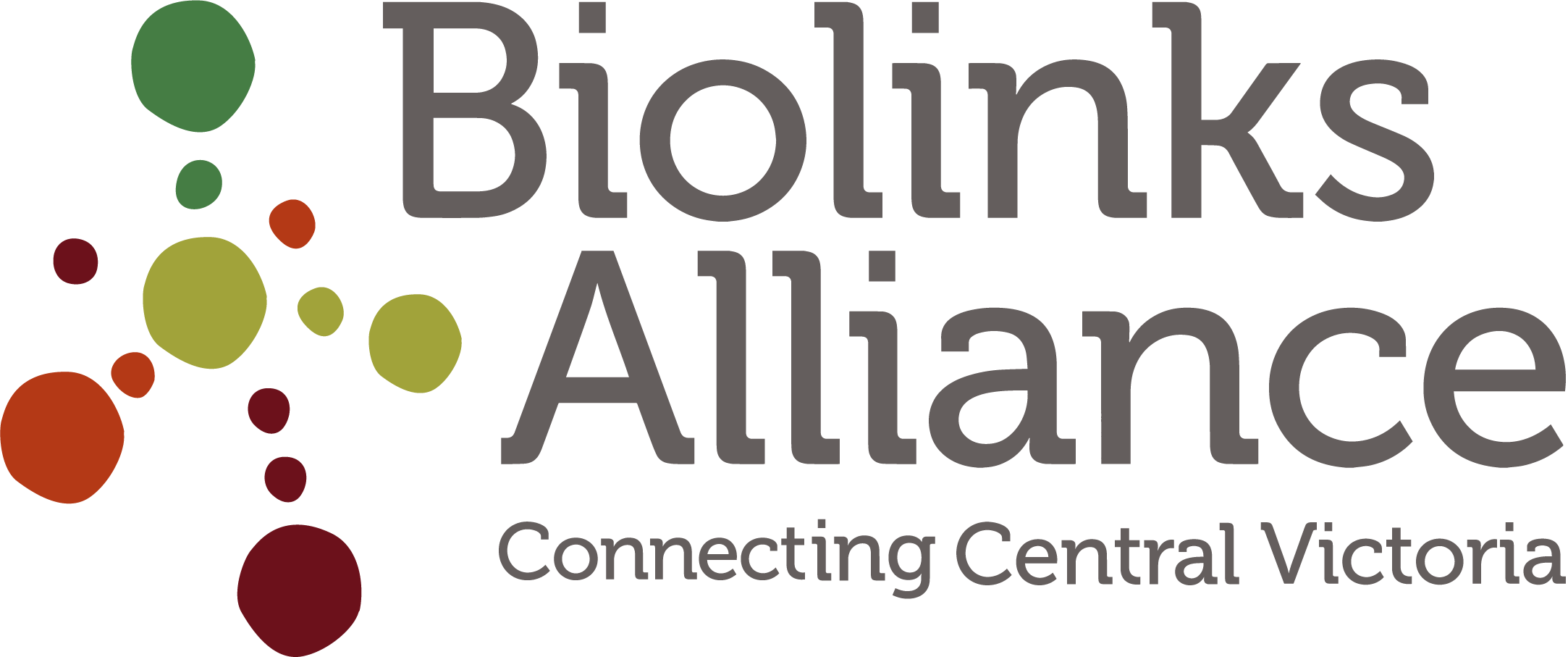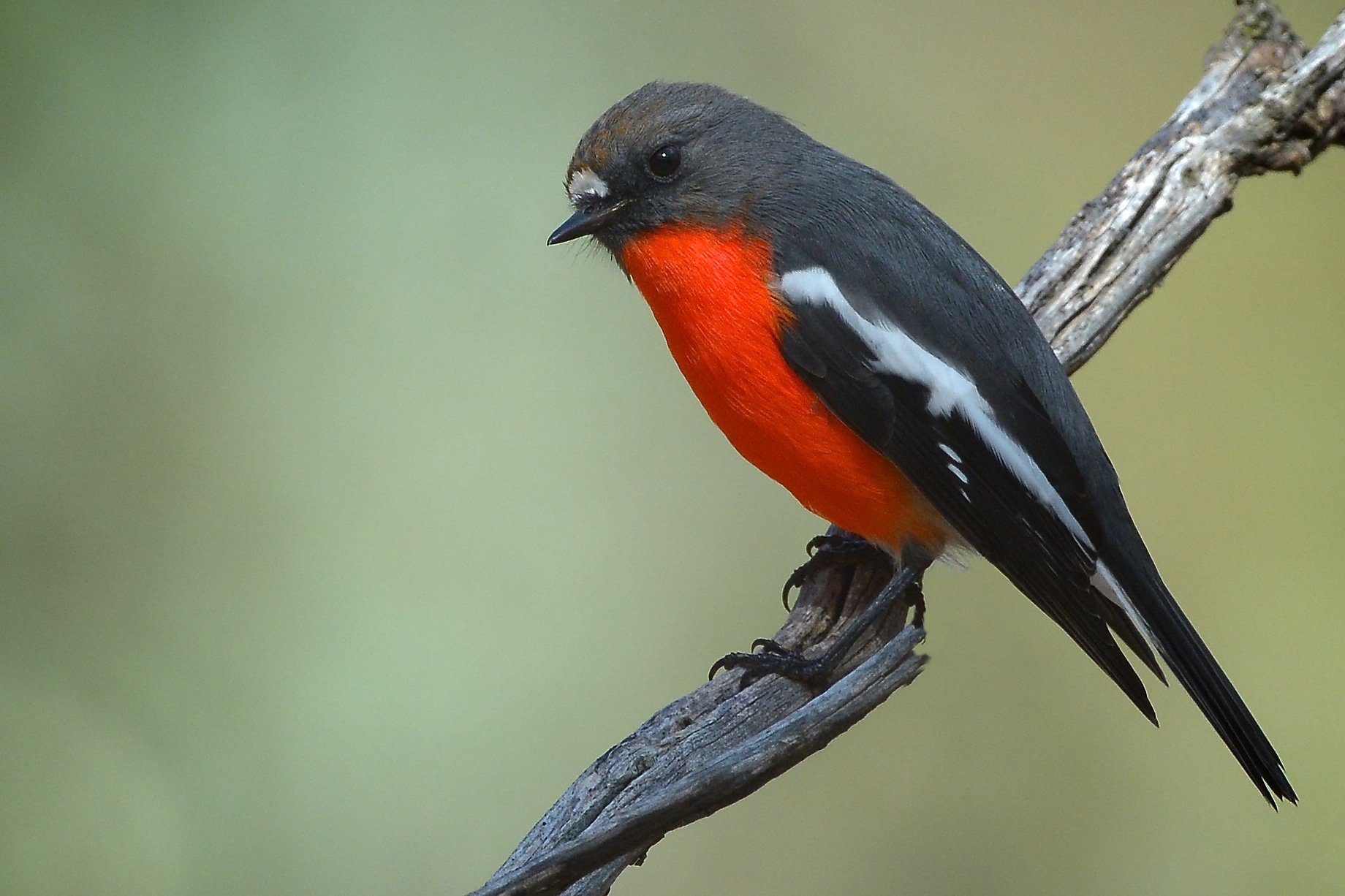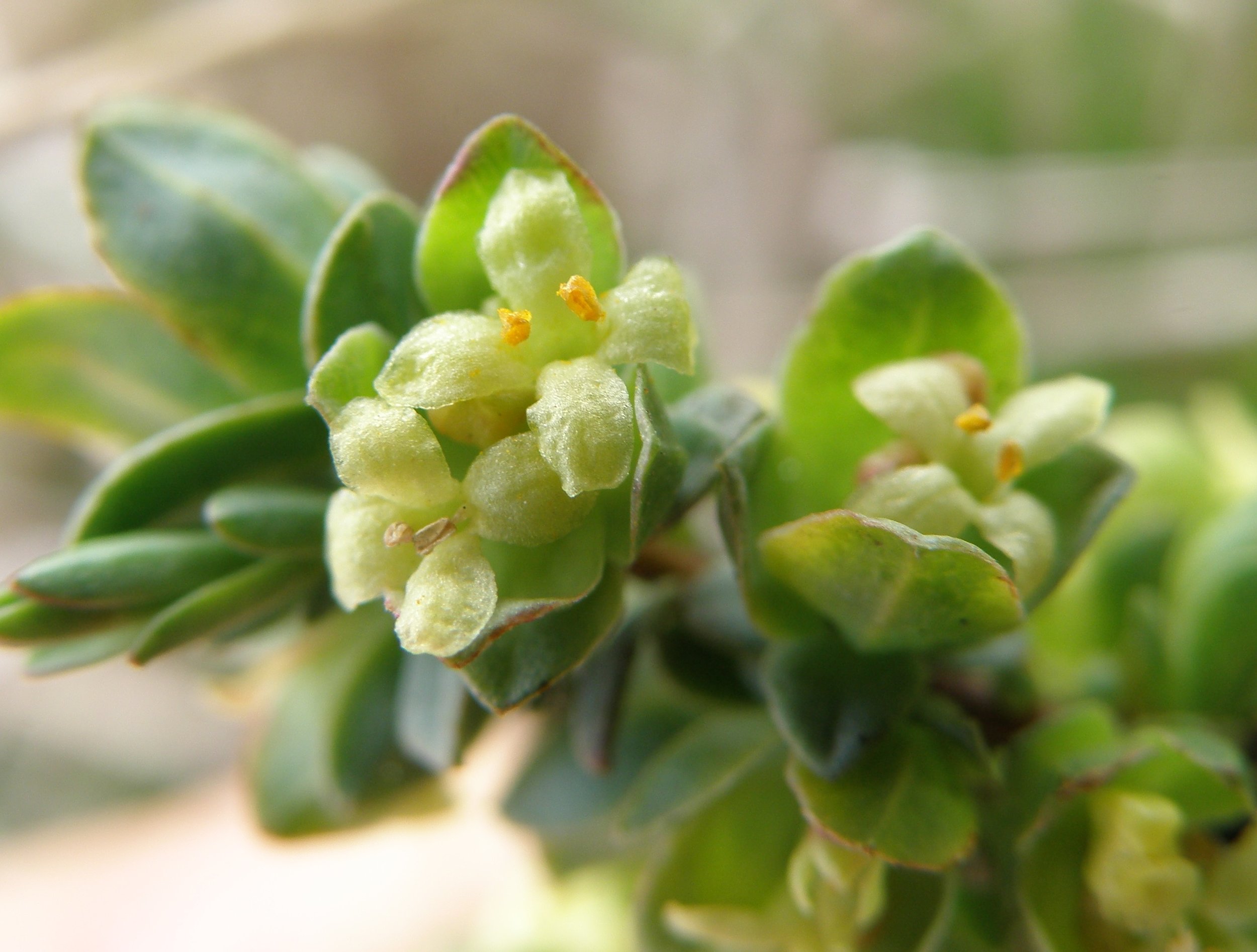What is special about Central Victoria?
Bush-stone curlews, bandicoots, spot-tailed quolls, regent honey-eaters, greater gliders and the majestic Grampians harbouring over third of Victoria’s plant species alone - make Central Victoria special.
Then there are the woodland birds of the Box-Ironbark country. These forests are a honey-pot for birds with countless of them moving through these forests in spring. Gorgeous small flowers - billy buttons, orchids and blue-bells of the grasslands of the volcanic plains - create brilliant displays also in spring.
The open woodlands with their towering gums over grassy understoreys, so admired by early European settlers for their gracious ‘park like’ appearance, still delight in their grace and productivity. The wetter forests of the Central Highlands are home for powerful owls and koalas.
Every species mentioned here is endemic (unique) to Australia – and Central Victoria is a key part of its very existence. Central Victoria is remarkably diverse.
There are as many native species in Central Victoria as there are in the whole of Europe.
Central Victoria is the lower reaches of the Great Eastern Ranges, that extend from the Grampians to Cape York in the far north. This region as a whole can be considered an ‘ecological system’ with over half of its species seasonally migrating along it or through parts of it, and many species extending along its range.
While incredibly special and diverse Central Victoria is an area that has some major conservation challenges. Woodland bird populations have collapsed and vegetation quality is in decline. Remaining habitat refuges are threatened by hotter summers, drought and larger, more intense bushfires.
Central Victoria is one of the most cleared and fragmented landscapes in Australia, and as a result 40% of mammals originally in the region have become extinct. Over 150 plant and animal species in the region are currently considered threatened.
Together, we can change the future for our creatures and landscapes – from tragedy to restoration. Find out how you can get involved in Biolinks Alliance’s work.











